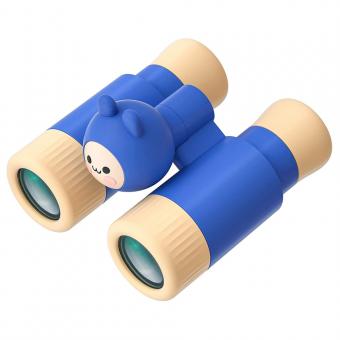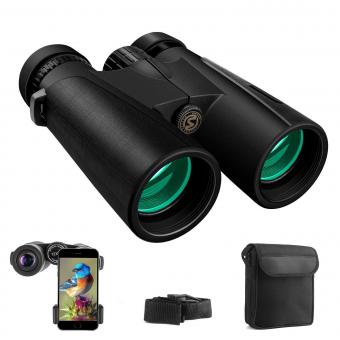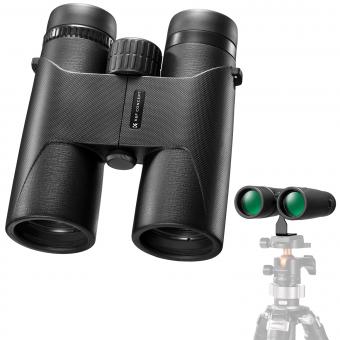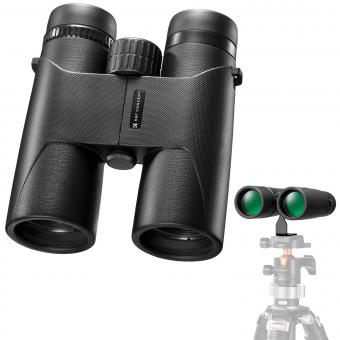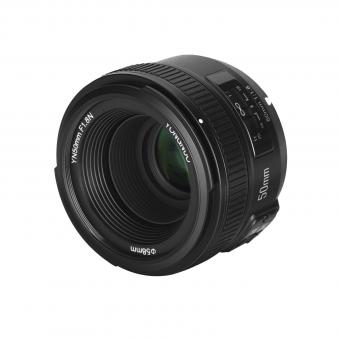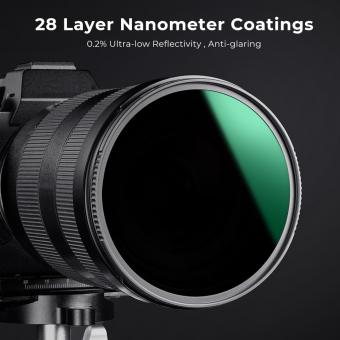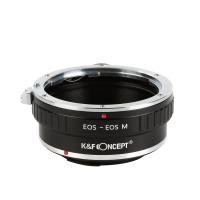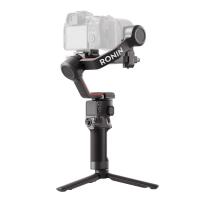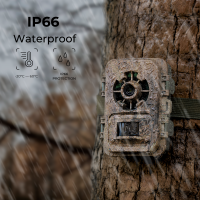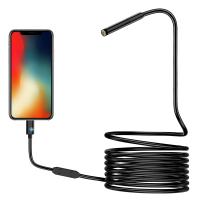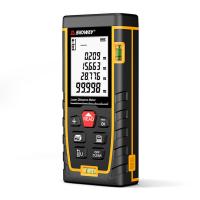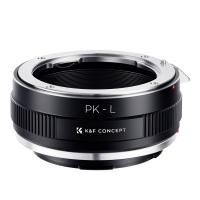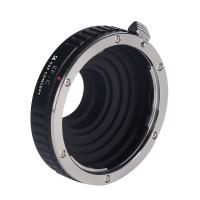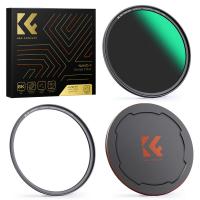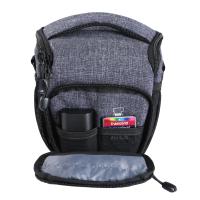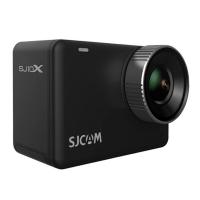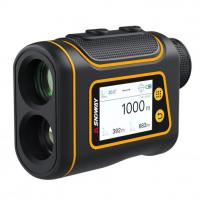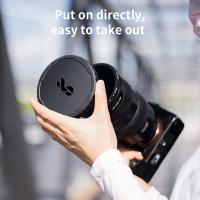How To Focus Binoculars?
Focusing binoculars correctly is essential for achieving clear and sharp images, whether you're birdwatching, stargazing, or simply enjoying a scenic view. Many users often struggle with this process, leading to frustration and suboptimal viewing experiences. In this article, we will delve into the step-by-step process of focusing binoculars, common issues users face, and tips to ensure you get the best possible view every time.
Understanding the Basics of Binoculars

Before diving into the focusing process, it's important to understand the basic components of binoculars. Most binoculars consist of two telescopes mounted side-by-side, allowing for binocular vision. Key parts include:
1. Eyepieces (Ocular Lenses): The lenses closest to your eyes.
2. Objective Lenses: The larger lenses at the front of the binoculars.
3. Focus Wheel (Central Focus): The wheel located between the two barrels, used to adjust the focus for both eyes simultaneously.
4. Diopter Adjustment: A separate adjustment, usually found on the right eyepiece, to account for differences in vision between your two eyes.
Step-by-Step Guide to Focusing Binoculars
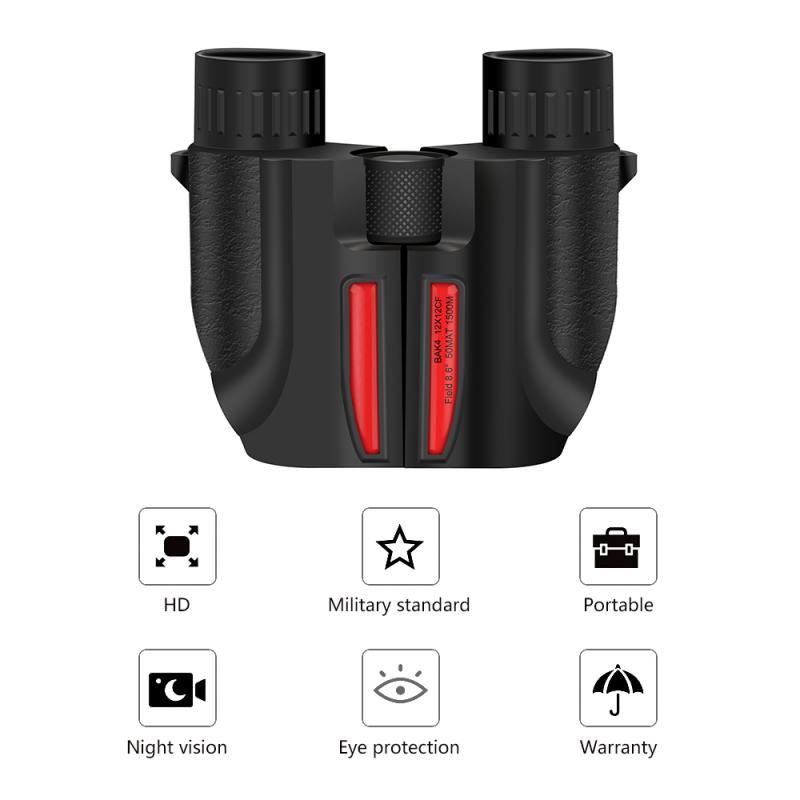
1. Adjust the Interpupillary Distance (IPD):
- The first step is to adjust the distance between the two eyepieces to match the distance between your eyes. This is known as the interpupillary distance. Most binoculars have a hinge that allows you to move the barrels closer together or further apart. Look through the binoculars and adjust until you see a single, circular field of view.
2. Set the Diopter Adjustment:
- The diopter adjustment compensates for differences in vision between your two eyes. To set this correctly, follow these steps:
- Close your right eye or cover the right objective lens.
- Look through the left eyepiece with your left eye and use the central focus wheel to focus on a distant object until it appears sharp.
- Now, close your left eye or cover the left objective lens.
- Look through the right eyepiece with your right eye and use the diopter adjustment (usually a ring on the right eyepiece) to focus on the same object until it appears sharp.
- Once both eyes are focused individually, you should not need to adjust the diopter again unless someone else uses the binoculars or your vision changes.
3. Fine-Tune the Focus:
- With both eyes open, use the central focus wheel to make any final adjustments. This will ensure that both eyes are perfectly focused on the object.
Common Issues and Solutions
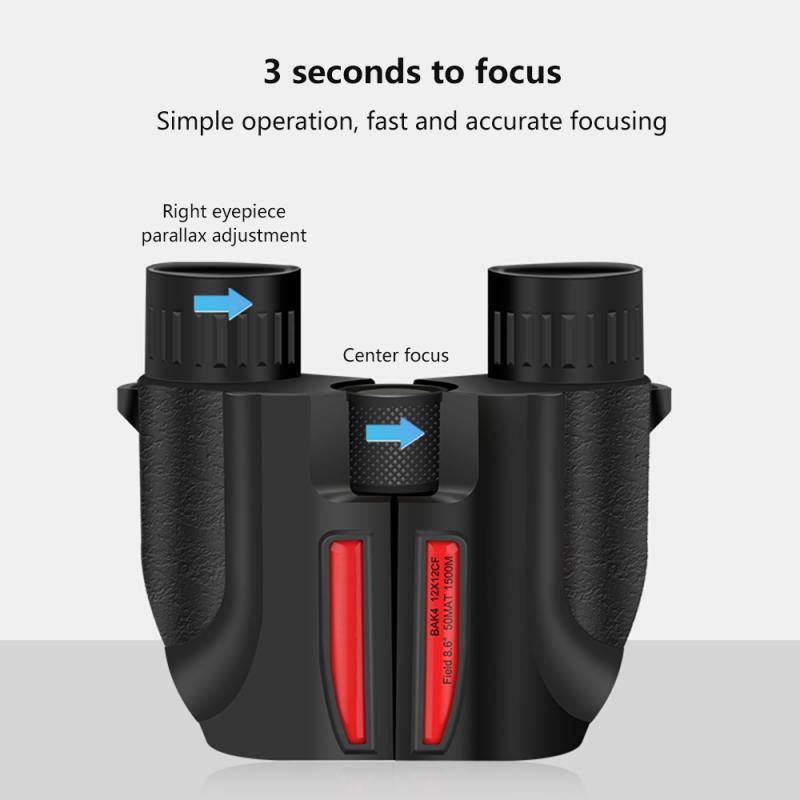
1. Double Vision:
- If you see two overlapping images, your binoculars may be out of alignment. This is known as collimation. While some binoculars allow for user adjustments, it is often best to have them professionally serviced.
2. Blurry Images:
- Ensure that both the central focus and diopter adjustments are correctly set. If images remain blurry, check for dirt or smudges on the lenses and clean them with a proper lens cleaning kit.
3. Eye Strain:
- Eye strain can result from improper IPD adjustment or incorrect diopter settings. Recheck these adjustments to ensure they are correctly set for your eyes.
Tips for Optimal Viewing
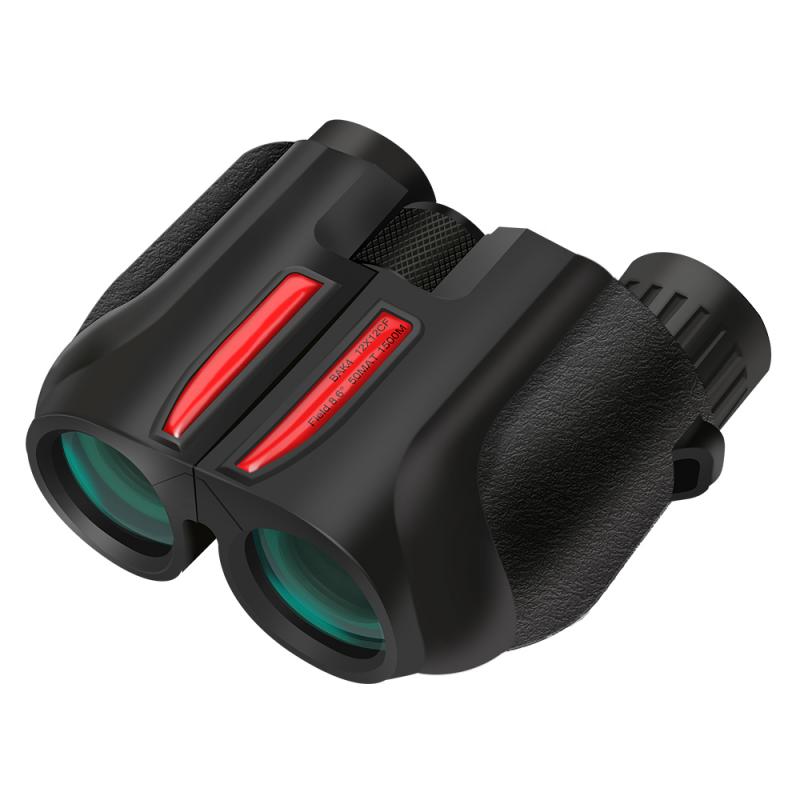
1. Stabilize Your Binoculars:
- Holding binoculars steady can be challenging, especially with higher magnification. Use a tripod or rest your elbows on a stable surface to reduce shaking.
2. Use in Appropriate Lighting:
- Binoculars perform best in good lighting conditions. In low light, consider using binoculars with larger objective lenses (e.g., 50mm) to gather more light.
3. Regular Maintenance:
- Keep your binoculars clean and store them in a protective case when not in use. Regularly check for dust, dirt, and moisture, and clean the lenses with a soft, lint-free cloth.
Advanced Techniques
For those looking to get the most out of their binoculars, consider these advanced techniques:
1. Using a Tripod Adapter:
- For extended viewing sessions, especially with high-magnification binoculars, a tripod adapter can provide a stable platform, reducing hand fatigue and improving image stability.
2. Understanding Field of View (FOV):
- The field of view is the width of the area visible through the binoculars at a specific distance. A wider FOV is beneficial for tracking moving objects, such as birds or wildlife.
3. Exit Pupil and Eye Relief:
- The exit pupil is the diameter of the light beam exiting the eyepiece. Larger exit pupils provide brighter images in low light. Eye relief is the distance from the eyepiece to your eye where the full field of view is visible. Longer eye relief is crucial for eyeglass wearers.
Focusing binoculars correctly is a skill that enhances your viewing experience, whether you're an avid birdwatcher, a stargazer, or simply enjoy observing nature. By understanding the basic components, following the step-by-step focusing process, and addressing common issues, you can ensure that your binoculars provide clear and sharp images. Regular maintenance and advanced techniques can further enhance your experience, allowing you to make the most of your binoculars in various conditions. With practice and attention to detail, you'll be able to enjoy the world around you with unparalleled clarity and precision.




